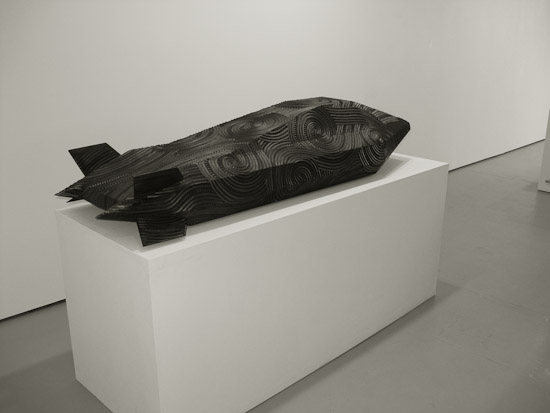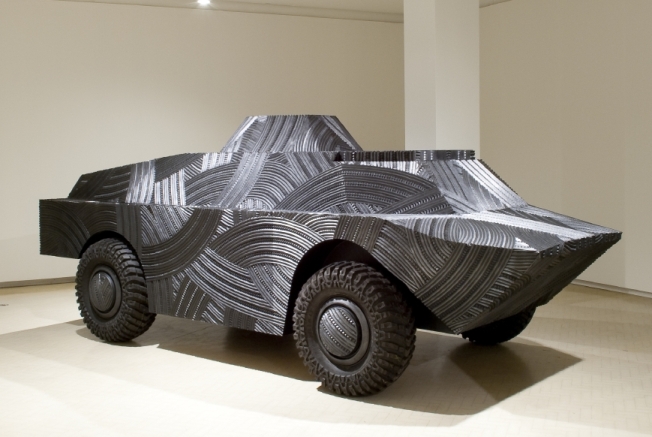 “Hikaia”
Image via adrianerdedi
“Hikaia”
Image via adrianerdedi
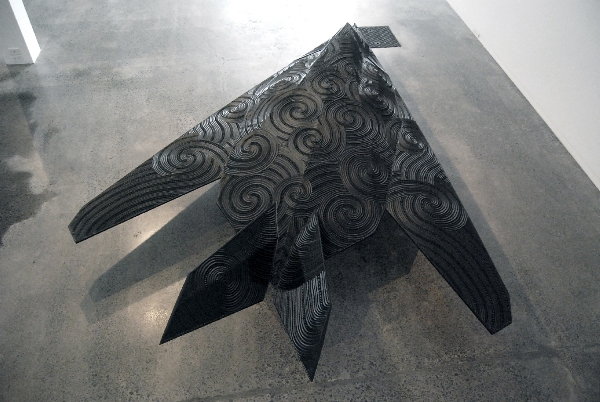
“Te Hokioi” Image via adrianerdedi
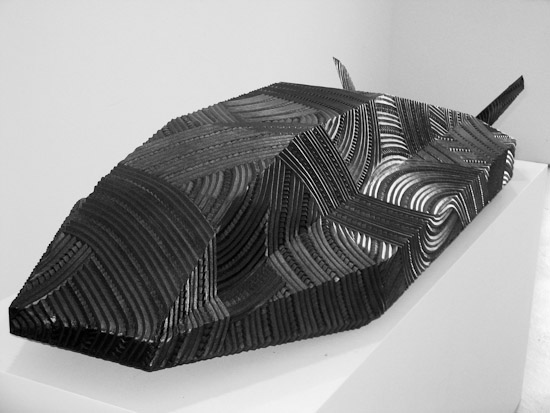 “Rukuhia 1”
Image via bartleyandcompanyart
“Rukuhia 1”
Image via bartleyandcompanyart
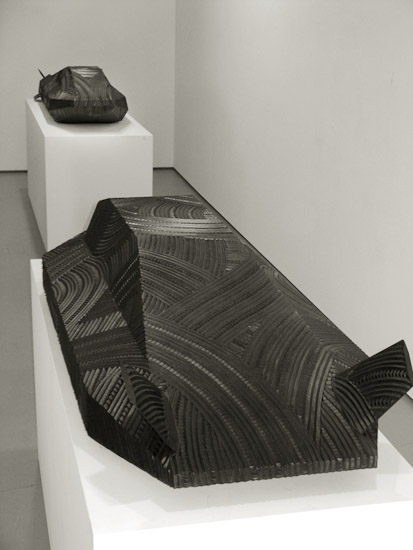
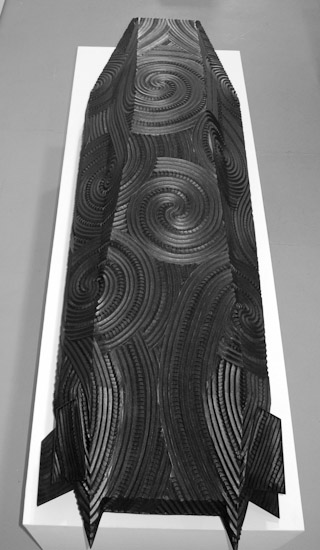
“Rukuhia 2”
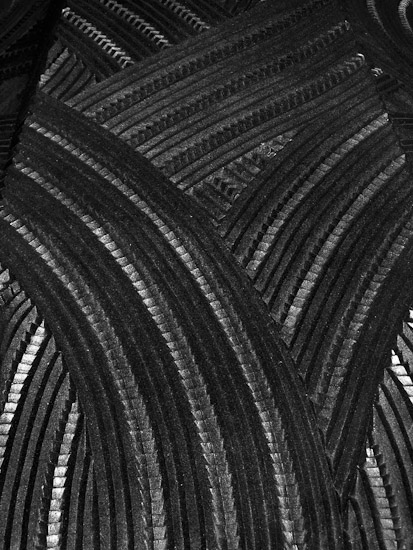
“Rukuhia 1” detail Images via bartleyandcompanyart
In an interview, the artist explains that the tank was modeled on a Russian model that is not being produced anymore. However, it has been exported to about 40 countries and can still be seen on TV once in a while. The bizarre combination of soft and hard, old and new and the resulting puzzlement is exactly what Graham intended. Known for his ability to abstract complex historical and cultural contexts into beautiful and formally impressive sculptures, Graham contrasts seemingly harmless materials with cultural symbols of destruction, violence and war. The artist explains: “I love that combination of beauty and danger.”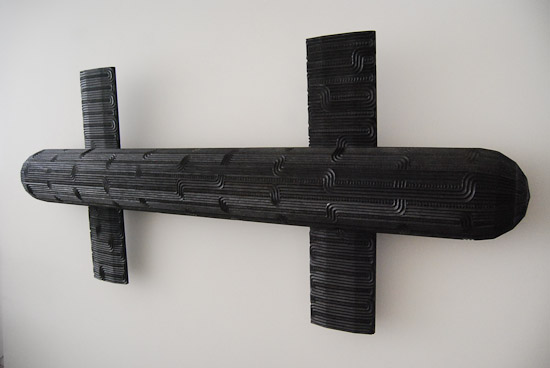
“Rukuhia 3” Image via bartleyandcompanyart
However, his creations are also a clever way of getting back at western society or at least showing it a mirror: The names given to his western weapons of mass destruction, such as the stealth bomber Te Hokioi (2008), Russian tank Rukuhia (2009) or Russian BRDM-2 scout car Mihaia (2010), are a reversal of the western custom of using names taken from the developing world for weapons. Here, according to one source, “Indigenous peoples have appropriated the technology of their enemies as ritualistic power symbols.” Graham has inverted and renewed tired concepts to create a striking new message about the world we live in.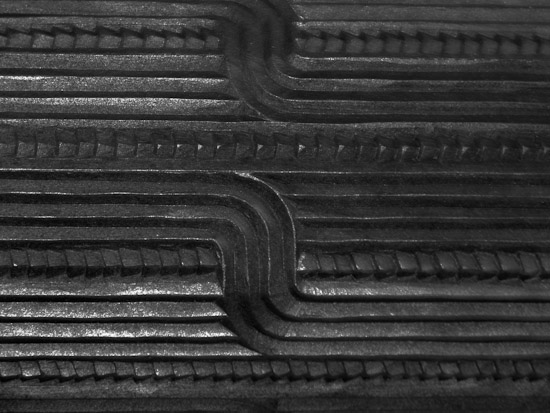
“Rukuhia 3” detail
“Rukuhia 2” (2009) Images via bartleyandcompanyart
But, rather than lecturing, Graham’s work aims to create a dialogue between Maori and European histories while adhering to the modernist emphasis on form and material quality.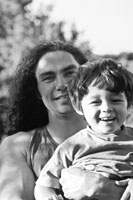
Image via spiritwrestler
Brett Graham currently lives and works in Auckland, where he was born in 1967 as part of the Ngati Koroki sub-tribe of Tainui. He received his Bachelor of Fine Arts from the University of Auckland in 1989. He was awarded the East West Center for Education scholarship in 1990, which allowed him to complete his Master of Fine Arts at the University of Hawaii. Since 1993, Graham has been a lecturer for contemporary Maori art at the University of Auckland where he received his doctorate in fine arts in 2004. Since 1986, Graham has been part of group and solo exhibitions at home and overseas, especially in the United States, Japan and Australia. Sources: 1, 2, 3, 4, 5, 6